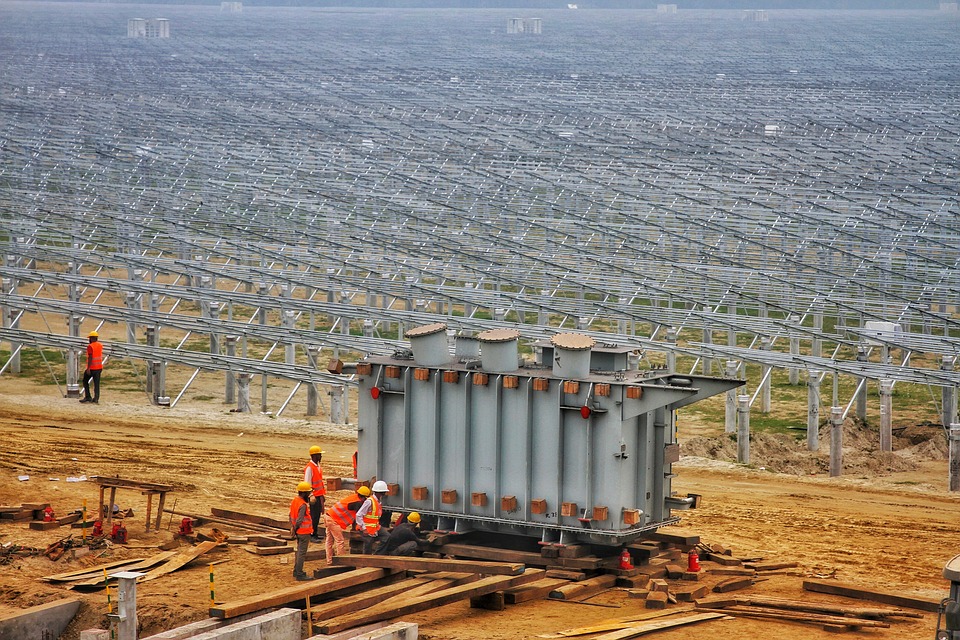The Rising Trend of Solar Construction: How It’s Changing the Industry
Solar construction has been making waves in the construction industry in recent years, with a significant increase in both residential and commercial solar projects. This growing trend is not only reshaping the way buildings are constructed, but also changing the dynamics of the construction industry as a whole. In this article, we’ll explore how solar construction is revolutionizing the industry and the key factors driving this transformation.
Increasing Demand for Sustainable Energy Solutions
One of the primary drivers behind the rising trend of solar construction is the increasing demand for sustainable energy solutions. As the world continues to grapple with the consequences of climate change, there’s a growing emphasis on reducing carbon emissions and transitioning to renewable energy sources. Solar power presents a clean and sustainable alternative to traditional energy sources, making it an attractive option for both homeowners and businesses.
- According to the Solar Energy Industries Association (SEIA), the U.S. solar market installed 3.8 gigawatts (GW) of new solar photovoltaic (PV) capacity in the second quarter of 2021, representing a 45% increase compared to the same period in 2020.
- In addition, the International Energy Agency (IEA) predicts that solar energy will be the cheapest source of electricity in many parts of the world by 2025, further driving its adoption and integration into construction projects.
Technological Advancements in Solar Panels
Another key factor contributing to the growing popularity of solar construction is the rapid advancement of solar panel technology. Over the years, there have been significant improvements in the efficiency, durability, and aesthetics of solar panels, making them more appealing and practical for construction projects.
- New solar panel technologies, such as thin-film solar cells and bifacial solar panels, offer greater flexibility in design and installation, allowing for seamless integration into buildings and other structures.
- Advancements in energy storage solutions, such as lithium-ion batteries, have also enhanced the feasibility of solar power by enabling energy independence and grid resilience for property owners.
Cost-Effectiveness and Financial Incentives
Furthermore, the declining costs of solar power and the availability of financial incentives have made solar construction a financially viable option for many consumers and businesses. The falling prices of solar panels, combined with government incentives and tax credits, have significantly lowered the barriers to entry for solar construction projects.
- According to the SEIA, the cost of solar has declined by more than 70% over the past decade, making it a competitive and cost-effective energy solution in many regions.
- In addition, federal and state-level incentives, such as the Investment Tax Credit (ITC) in the U.S., provide financial benefits to solar project developers and end-users, further driving the adoption of solar construction.
Integration of Solar Power in Building Design
As the demand for solar construction continues to rise, architects and developers are increasingly integrating solar power into building design and construction processes. This has led to the emergence of innovative design strategies and construction techniques that prioritize sustainability and energy efficiency.
- Building-integrated photovoltaics (BIPV) and solar shingles are examples of solar construction solutions that seamlessly blend into the aesthetic and functional aspects of building design, offering a more visually appealing and streamlined approach to solar power integration.
- Moreover, the concept of “net-zero” and “energy-positive” buildings, which generate as much or more energy than they consume, has gained traction in the construction industry, driving the implementation of solar and other renewable energy technologies in building projects.
Conclusion
In conclusion, the rising trend of solar construction is reshaping the construction industry by offering sustainable, efficient, and cost-effective energy solutions for residential and commercial buildings. The convergence of technological advancements, increasing demand for sustainable energy, financial incentives, and innovative design approaches has paved the way for solar construction to become a transformative force in the industry. As the momentum continues to build, it’s clear that solar construction is not only changing the way we build, but also changing the way we power our buildings for a greener and more sustainable future.


Pingback: The Rising Trend of Solar Construction: How It’s Changing the Industry – Home Solar Sessions
Your point of view caught my eye and was very interesting. Thanks. I have a question for you.
Thank you for your sharing. I am worried that I lack creative ideas. It is your article that makes me full of hope. Thank you. But, I have a question, can you help me?
Explore the ranked best online casinos of 2025. Compare bonuses, game selections, and trustworthiness of top platforms for secure and rewarding gameplaycasino bonus.